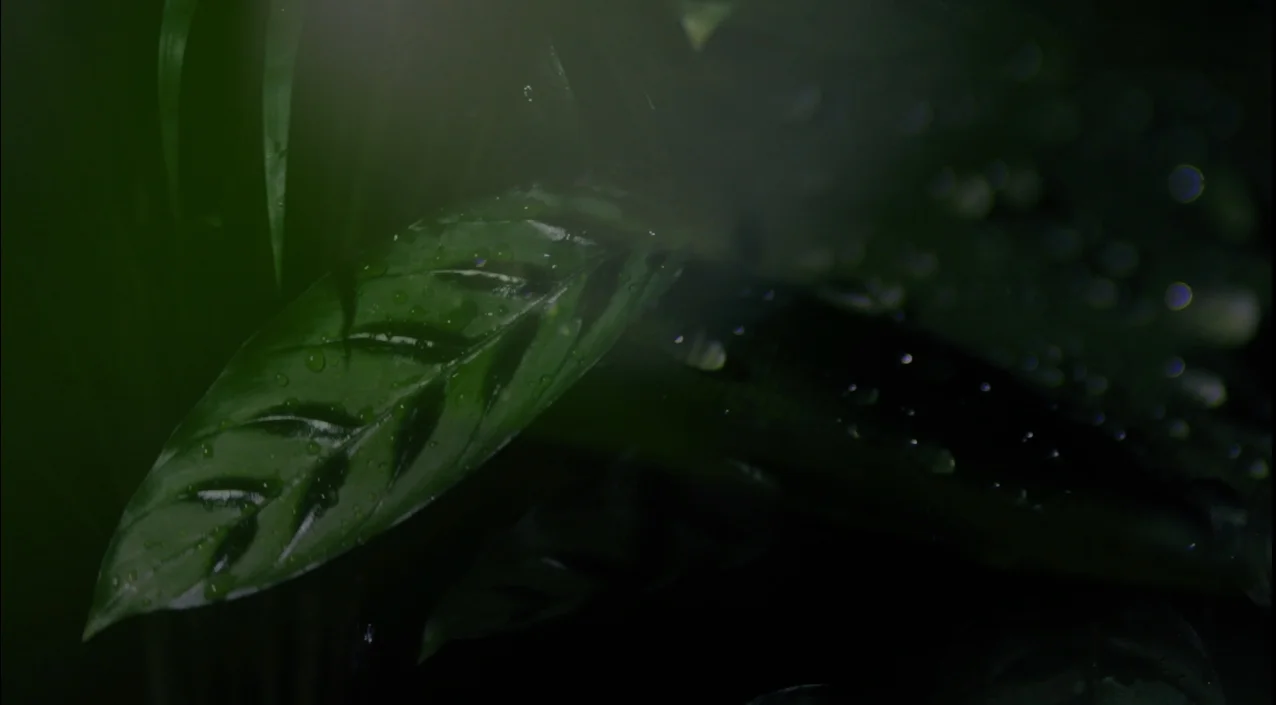RED-TITI MONKEY
Plecturocebus cupreus
Red-titi monkeys are diurnal (active during the day) and arboreal (tree dwelling). Pairs spend much of their time huddled together with their tails intertwined.
Interesting fact: Their German name is Springaffen which means jumping monkeys.
Habitat & threats
Primary tropical rain forest. They inhabit particularly remote, inaccessible forest and rarely come down to the ground. They face natural threats from birds of prey who target Red titi monkeys as food.
Diet
Up to 75% of this monkey's diet is fruit, but they also eat leaves, seeds and insects. Females eat more insects when nursing offspring as their protein requirements increase. Insects are the best source available. They prefer to search for their food in the lower parts of the rain forest canopy.
Breeding and social dynamics
Titi monkey pairs mate for life and spend much of their time grooming each other. They have an elaborate system of communication that includes vocal, visual, olfactory (smelling) and tactile gestures. A family consists of a breeding pair and their offspring. The female only gives birth to one infant at a time after a gestation period of 155 days.
Conservation
Part of a managed European breeding programme.

























